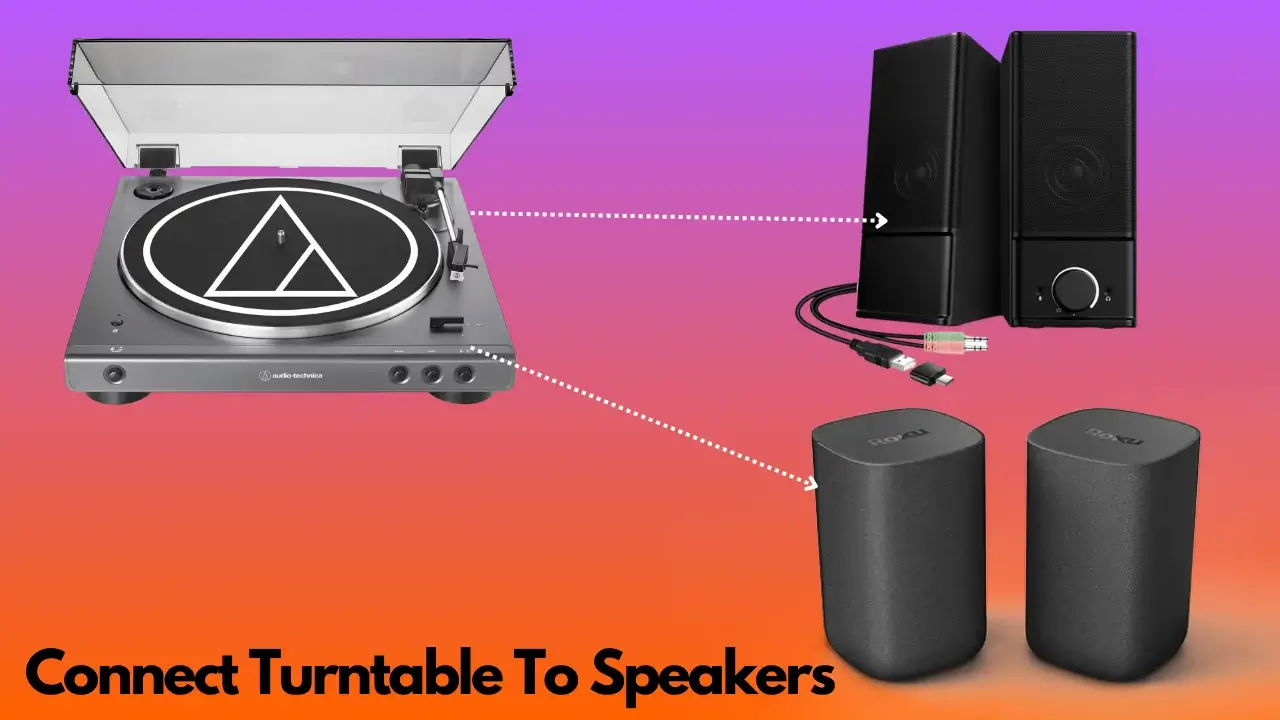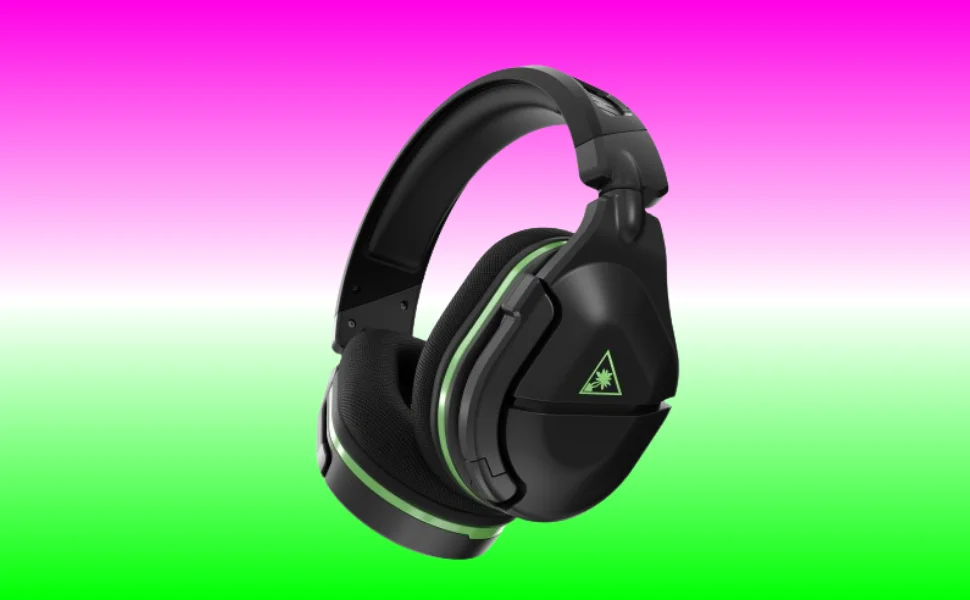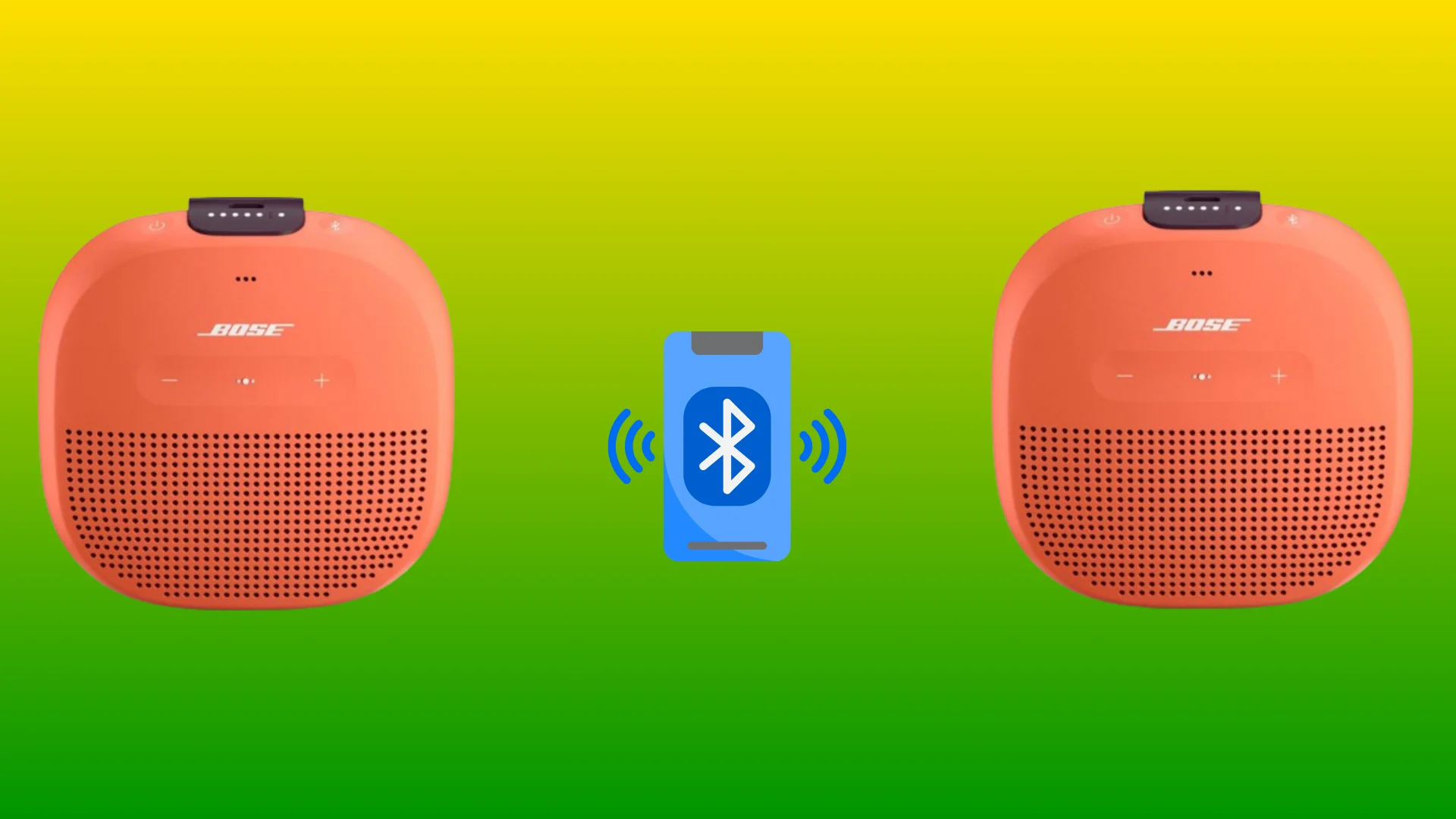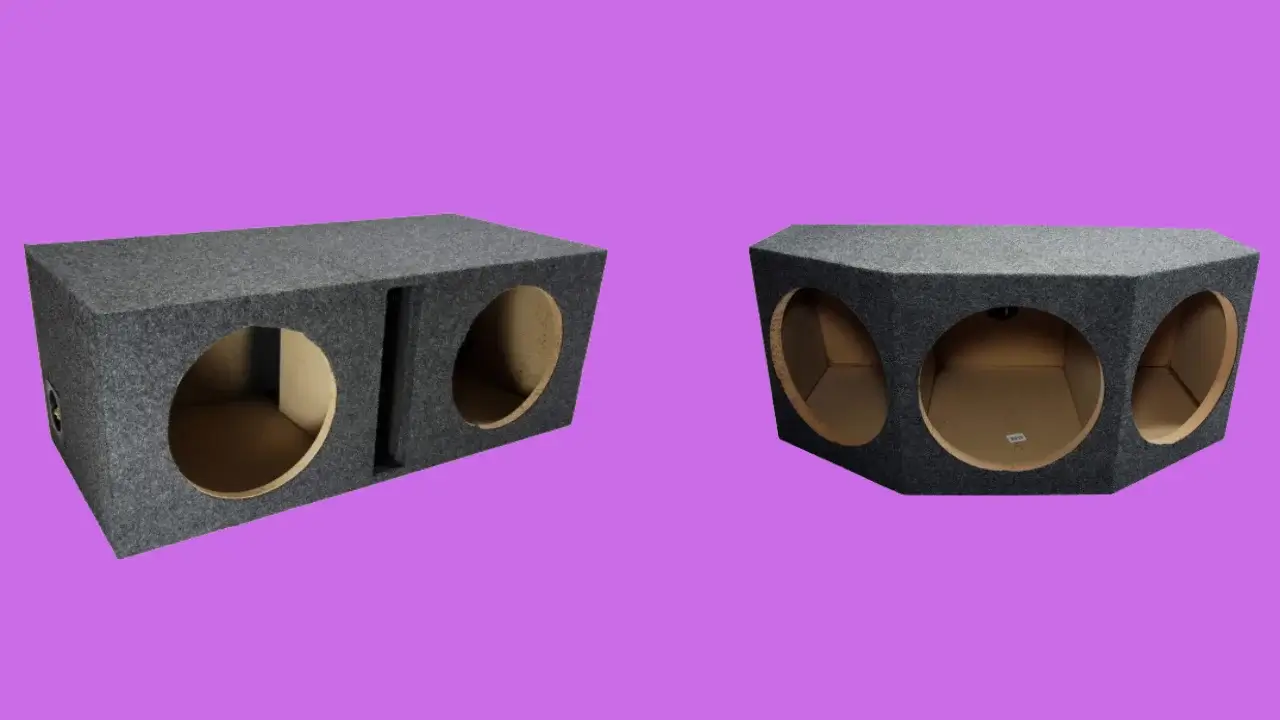Despite being a piece of machinery for several decades, a turntable is still one of the most commonly used components in many homes today. The process of setting up and running your Turntable might seem difficult, but it really isn’t that difficult. In order to get your nifty little Turntable spinning, Team Wooster Audio has figured out how to connect it to various speakers.
Various types of turntables are available, including direct-drive, belt-driven, and semi-automatic turntables that pair with your sound system, audio mixer, or bookshelf speakers. In addition to rotating when the needle touches the vinyl, it spins again once lifted off the record.
If you are a vinyl enthusiast and you’ve just snagged yourself a shiny new turntable, and now you’re probably itching to immerse yourself in the warm, nostalgic tones of your favorite records. But, hold on a sec – before you start spinning those groovy tunes, we need to get your Turntable cozying up to your speaker system.
No worries, though! In this guide I have mentioned instructions to connect your Turntable to speakers even if you don’tneed to know what kind of connection your Turntable has. So let’s get started.
Optimizing Audio Bliss: A Step-by-Step Guide on Connecting Your Turntable to Speakers
Now, I will guide you in a step-by-step manner, providing clear instructions for establishing a proper and optimal link between your Turntable and speakers.
What do you need?
Turntable: If it doesn’t have a built-in phono preamp, you can purchase one separately. Your amplifier and speakers will receive the signals from your Turntable through a preamp or phono stage, which is the final component. Preamplifiers are the same as phono stages (phono amplifiers), except that the phono amplifier adjusts the tone of your Turntable, the quality of your speakers, and the volume of your speakers.
Amplifier or Receiver: It is required to amplify the signal from the phono preamp. Amplification is essential for creating the best chatting between your preamp and speakers, and it converts the signals from your preamp to produce the best sound.
- Read how you can easily connect Turntable to your amplifier.
Speakers Pair with appropriate power requirements. You can add some old-school vibes to your music-listening experience with turntables, but if you need to be adequately connecting your Turntable to speakers, you’re missing out on all the bass that turntables can produce. Many people ask, “Do turntables need speakers?” Yes, they do! Two types of speakers are required for turntables:
- Active Speakers
- Passive Speakers
In active speakers, amplifiers are built-in and easy to plug into and use, but they require power to function. With passive speakers as there is no built-in amplifier so you can connect and power them quickly with your receiver and an external amplifier.
RCA Cables: For connecting your Turntable to the phono preamp and the phono preamp to the amplifier or receiver. Connecting speakers to a turntable with RCA cables is essential; these cables combine many parts, and most appear in the following form: Thick black wire with a red and white connection (at the end).
Speaker Cables: For connecting the amplifier or receiver to the speakers.
Ground Wire (optional): If your Turntable has one, it is for reducing interference. For those who do not have ground wires, please purchase one.
My Tip: Always Use high-quality audio cables.
Tools: Screwdrivers or tools needed for connections.
Step to connect any Turntable with active speakers

Determine Connections
- Go to your Turntable system.
- Find the RCA output jacks labeled “PHONO” or “LINE OUT.”
- Now Go to your Active speakers
- Find Input jacks should be marked “LINE IN,” that is, RCA or 3.5mm.
Let me tell you one thing: The situation with Turntable with no built-in preamp: (If needed) Now, Connect your Turntable to the Phono Preamp.
- Just Connect the Turntable’s RCA cables to the phono preamp available jacks like “PHONO IN” or “INPUT” jacks.
- (if applicable) Connect the ground wire to the preamp’s ground terminal as well. Remember: You have to Properly ground your Turntable, if applicable, to eliminate hum or noise.
Continue steps here if Phono Preamp is Already Available:
Connect your Turntable/Preamp to your Speakers
RCA connections: Plug your turntable/preamp RCA cables into “LINE IN” jacks on your speakers (match colors).
3.5mm connections: Use RCA to 3.5mm adapter cable if speakers have a 3.5mm input.
Testing Process: Power Up and Adjust
- Plug in and turn on your Turntable, speakers, and preamp (if used).
- Set speaker volume low.
- Place a record: Beatles: Abbey Road album (my favorite).
- Start playing > Gradually adjust volume > Enjoy
Step for your Turntable and Passive speakers connection
I am going to list a few simple steps below:
Basic Connection
- Use RCA cables to connect the Turntable to the preamp (red to red, white to white).
- Ground wire to preamp if needed.
- Preamp to the amplifier’s input.
- Connect Passive speakers now to the amplifier.
Setup
- Now Select amplifier input.
- Now, Enable your turntable preamp if using a line-level input.
- Test ground wire for better sound.
Enjoy
- Set volume.
- Adjust sound with amplifier controls.
- Position speakers and enjoy your vinyl!
Can I connect my Turntable with my Bluetooth speakers?
Yes, it is possible to make connections between turntables and Bluetooth speakers for a wireless experience and better sound quality anywhere, but your Turntable must feature a wireless Bluetooth connectivity option. Some turntables like Sony PS-LX310BT, Audio Technica AT-LPW50BTRW, and Pro-Ject Juke Box E feature Bluetooth and a built-in amplification system, so if you don’t have them grab one. Once your Bluetooth speaker is excellently paired to the Turntable, then after that, you can stream music directly.
It depends on the specific situation whether you want to connect your Turntable to your Bluetooth speakers with a cable or a transmitter/receiver. A cable can connect your Turntable to your Bluetooth speaker, and this method is simple and effective, but if you need to move your Turntable often, it can be messy. Using a Bluetooth transmitter/receiver, you can directly connect your Turntable to your Bluetooth speaker without cables.
How can I connect my Turntable to my Bluetooth speaker by using the built-in preamp option?
The following steps will guide you through hooking up a turntable to a Bluetooth speaker with a built-in preamp:
Note: You have to always ensure that your Turntable is equipped with a built-in preamp or has an external preamp connected.
Steps
- First Step: Put your Bluetooth speaker near your Turntable, typically within the Bluetooth connectivity range.
- Second Step: Now Turn on both the ‘Turntable’ and the ‘Bluetooth speaker’.
- Third Step: Now, you have to activate the Bluetooth function on your speaker, typically by pressing a designated button or accessing the settings.
- Fourth Step: Now put your Bluetooth speaker into pairing mode and for this consult your speaker’s manual, as the instructions vary by model.
- Fifth Step: Once in pairing mode, your Bluetooth speaker should appear as a discoverable device on your Turntable. Follow the Turntable’s instructions for connecting to a Bluetooth device.
- Sixth Step: Once connected, you should be able to play your vinyl records through the Turntable, and the sound will be wirelessly transmitted to the Bluetooth speaker.
Note: Keep in mind that the specific steps may vary based on the models of your Turntable and Bluetooth speaker, so consulting their respective manuals is recommended for accurate instructions.
- Do you want powered speakers for your turntable setup?
How can I check if my Turntable has a built-in preamp or not?
Just check if your Turntable has a “Phono/Line” switch. If it does, cool! It probably has a built-in preamp. If not, you might need to get an external preamp for the best audio vibes.
When Connecting A Turntable To Speakers, Keep The Following In Mind
- Compatibility between speakers and the Turntable should be checked. You can easily connect turntables to your stereo system with their RCA or 3.5mm input ports. However, not all speakers are compatible with turntables, so you must confirm this beforehand.
- It would help if you also considered the level of volume that each speaker can handle. Although many modern stereo systems are equipped with powerful amplifiers, if your speakers aren’t up to par, they may experience distortion or noise at full volume if your Turntable produces high output levels.
- Make sure the speaker connection between your Turntable is working before using them - but be careful when turning the volume up or down.
- Ensure that your speaker system has enough room for the addition. Turntables can be large and bulky and will not fit neatly into most stereos.
Tips for adjusting the volume and increasing the sound quality of the Turntable
A few adjustments can be made to the volume of your Turntable to improve sound quality.
- The volume can be adjusted by turning either of these controls up or down. In the most basic sense, turntables have two volume controls: platter speed and tone.
- A pre-recorded album may also have a bonus track with a lower volume than the main track. Bonus tracks are usually hidden in the artwork or on a separate disc, so look for them.
- Keep your music volume at a moderate level while playing your Turntable. Turntables can generate a high level of sound pressure, so be sure to keep your volume moderate when playing music.
Final Words
The process of setting up your new Turntable is very straightforward; no rocket science is involved. I have mentioned all the steps, including what Equipment is needed and the step-by-step connecting process. If you still find the connecting process challenging or unclear, it’s essential to take it step by step.
I will greatly recommend you to consider seeking assistance from someone who is familiar with audio equipment or turntables. Additionally, you can also consult the user manuals for your specific Turntable, phono preamp, amplifier, and speakers to ensure you’re following the manufacturer’s recommendations. Remember that each turntable setup may vary, so don’t hesitate to ask for help or clarification if you encounter difficulties.
Explore More








